PDF-arate Academy of Martial
Author : 2coolprecise | Published Date : 2020-11-20
4K K Science Student Handbook Shorei Goju Ryu Karate do Sensei JP Nettles 4K Karatecom 4K Karate Academy Student Handbook Karate K arate is the art and science
Presentation Embed Code
Download Presentation
Download Presentation The PPT/PDF document "arate Academy of Martial" is the property of its rightful owner. Permission is granted to download and print the materials on this website for personal, non-commercial use only, and to display it on your personal computer provided you do not modify the materials and that you retain all copyright notices contained in the materials. By downloading content from our website, you accept the terms of this agreement.
arate Academy of Martial: Transcript
Download Rules Of Document
"arate Academy of Martial"The content belongs to its owner. You may download and print it for personal use, without modification, and keep all copyright notices. By downloading, you agree to these terms.
Related Documents

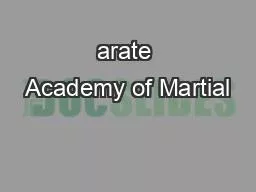


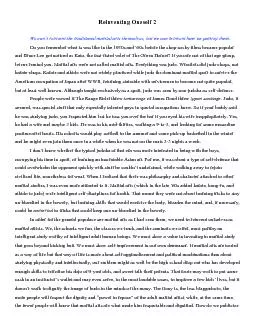
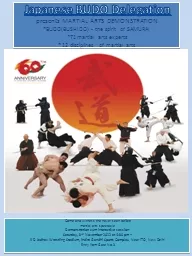

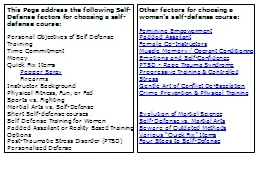



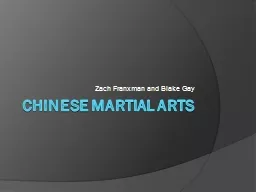
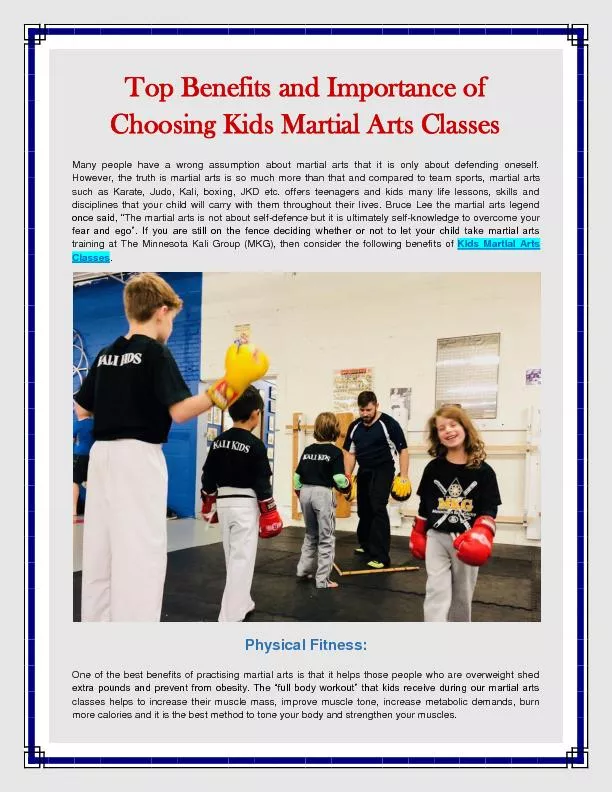
![[DOWNLOAD] - Service Academy Admissions: An Insider\'s Guide to the Naval Academy, Air](https://thumbs.docslides.com/902433/download-service-academy-admissions-an-insider-s-guide-to-the-naval-academy-air-force-academy-and-military-academy.jpg)
![[READ] - Service Academy Admissions: An Insider\'s Guide to the Naval Academy, Air Force](https://thumbs.docslides.com/905440/read-service-academy-admissions-an-insider-s-guide-to-the-naval-academy-air-force-academy-and-military-academy.jpg)